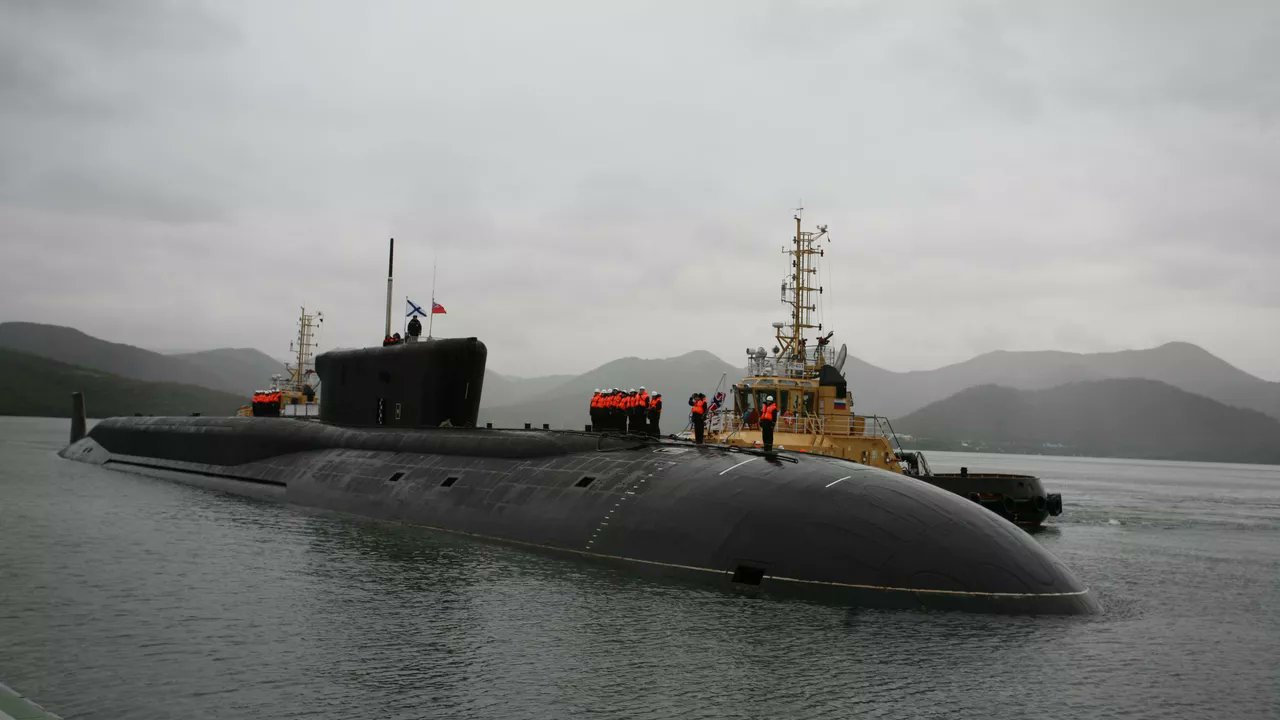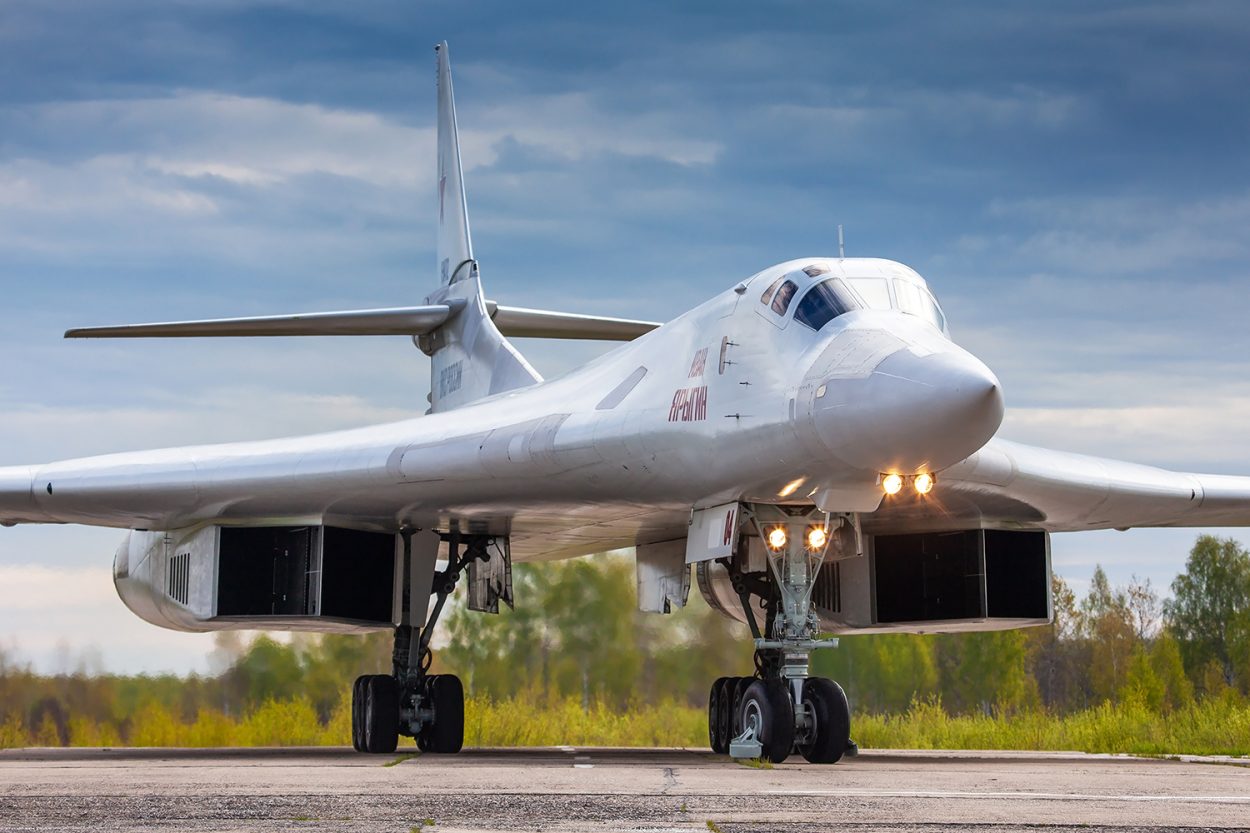Despite a bloody war raging in Ukraine, the country has managed to acquire cutting-edge military equipment for its ground, air, and naval forces, with the upgrade of nuclear-bomber Tu-160 aircraft and the delivery of submarines and battle tanks.
According to Defense Minister Sergey Shoigu, Russia’s Ground Forces took delivery of about 1,500 modernized and new tanks in 2023, state news agency TASS reported.
Speaking at an expanded board meeting of the Russian Defense Ministry, he said, “A total of 1,530 new and upgraded tanks were provided to the Ground Forces, as well as 2,518 infantry fighting vehicles and armored personnel carriers.”
The announcement comes days after Russia’s Central Military District announced that it received a batch of upgraded T-90M Proryv main battle tanks. The T-90M is the most advanced and lethal battle tank in the Russian inventory. Thanks to its all-around armor protection and an excellent all-weather highly automated firing control, it is known for its survivability.
Adding 1,500 tanks may have offset the massive tank losses that Russia has had to contend with. According to a declassified US intelligence assessment presented to Congress, Russia has lost a staggering 2,200 of 3,500 tanks since the start of the invasion in 2023. The losses have forced it to backfill with the outdated T-62 tanks that have undergone upgrades, with just 1,300 tanks on the battlefield.
Ukraine, on its part, has a different calculus. Ukraine’s Defense Ministry said in October that more than 5,000 Russian tanks were destroyed in the full-scale invasion of Ukraine. “5000+ Russian tanks were destroyed during the full-scale invasion. Ukrainian power is stronger than occupiers’ steel!” the statement published on Platform X said.
EurAsian Times could not independently corroborate these figures. Still, introducing new tanks in the face of these enormous losses may be good news for ground troops when intense combat is raging in Eastern Ukraine.
The Russian defense minister also noted that the Russian naval forces have been reinforced with new vessels. Shoigu pointed out that the Russian Navy has deployed the nuclear submarine Imperator Aleksandr III and a Borei A-class vessel equipped with Bulava missiles.
Shoigu emphasized that the Russian Navy received four modern multipurpose submarines and eight surface ships over the past year. “The Navy has received four modern multipurpose submarines and eight surface ships. As a result, despite the sanctions, we have produced more high-tech weapons than NATO countries,” he said at a meeting of top ministry officials.

As for the air troops, the defense chief claims that Russia’s Aerospace Forces have been equipped with 237 aircraft and helicopters, 86 anti-aircraft weaponry units, and 67 radar sites since the year’s commencement. The cadets’ flight time has been increased by 20% thanks to new combat and training aircraft.
However, he made another fascinating point that is certain to catch attention. The defense minister also announced that the supply of four Tu-160M strategic bombers to the strategic nuclear forces was almost finished. The delivery of these modernized planes comes at a time of heightened nuclear posturing by the Russian and NATO forces, singling a return of nuclear brinkmanship to Europe.
At a meeting of the Defense Ministry, President Vladimir Putin declared that 95% of Russia’s strategic nuclear forces were equipped with new weapons. He noted that the aviation component of strategic forces was being modernized with four Tupolev-160M missile-armed strategic bombers.
Upgraded Tupolev-160M Missile Armed Strategic Bombers
The Tu-160M is an upgraded variant of the Tu-160, which, along with Tu-95MS bombers, forms the backbone of the Russian Aerospace Force’s long-range aircraft. In the ongoing battle, the VKS has been using these aircraft to hit targets located deep within Ukraine using conventional cruise missiles.
Only in July this year did the Russian Defense Ministry and United Aircraft Corporation (UAC) announce that they had begun testing Russia’s first modified Tupolev Tu-160M strategic bomber prototype. Thus, the delivery of these bombers over the last few months is significant.
The state testing kick-started in July, but factory testing of the strategic bombers has been underway for a long time. A brand-new Tupolev Tu-160M strategic bomber took its first flight in January 2022, a month before Russia launched the invasion.
In 2015, amid growing tensions with the West, Russian President Vladimir Putin approved the Tu-160M’s production to improve the strategic bomber capabilities of the VKS and make up for the PAK-DA next-gen bomber program delays.
In March this year, Rostec announced that it had decided to ratchet up the production of these strategic bombers. “The company is increasing production of the famous White Swans, the signature piece of our strategic aviation. They are unique machines, beautiful on the outside and formidable in their capabilities,” the Rostec chief said.

According to reports, the Tu-160M has nuclear (X-102) and conventional (high-explosive, cluster, volumetric detonating) X-101 family cruise missiles. It has twelve slots available for these missiles.
As previously reported by EurAsian Times, the Tupolev Tu-160 White Swan has received the new 6,500-km range Kh-BD cruise missile that would significantly enhance the Air Force’s offensive strike capability. It may be that this long-range missile could also be equipped on the upgraded Tu-160M bomber. The long-range missile capability has been given to defeat any potential threat from NATO.
Russia has continued to project power and carry out its subtle saber rattling, as evident by the fact that Russian Tu-160 White Swan and Tu-22M3 Backfire strategic bombers flew over the Barents, Norwegian, and Black Seas in a rare instance of military brinkmanship last month.
NATO, on its part, has also continued to bolster its nuclear forces near Russia. For instance, Dutch F-16s have been equipped with the B61-12 nuclear gravity bombs, while the integration of these bombs on Dutch F-35s is underway under the NATO nuclear weapon sharing arrangement.
In the face of these threats posed by an increasingly united and aggressive NATO on its doorstep, the upgraded cutting-edge Russian Tu-160M bomber with long-range and lethal weaponry may give a much-needed boost to the Russian strategic forces.
- Contact the author at sakshi.tiwari9555 (at) gmail.com
- Follow EurAsian Times on Google News




